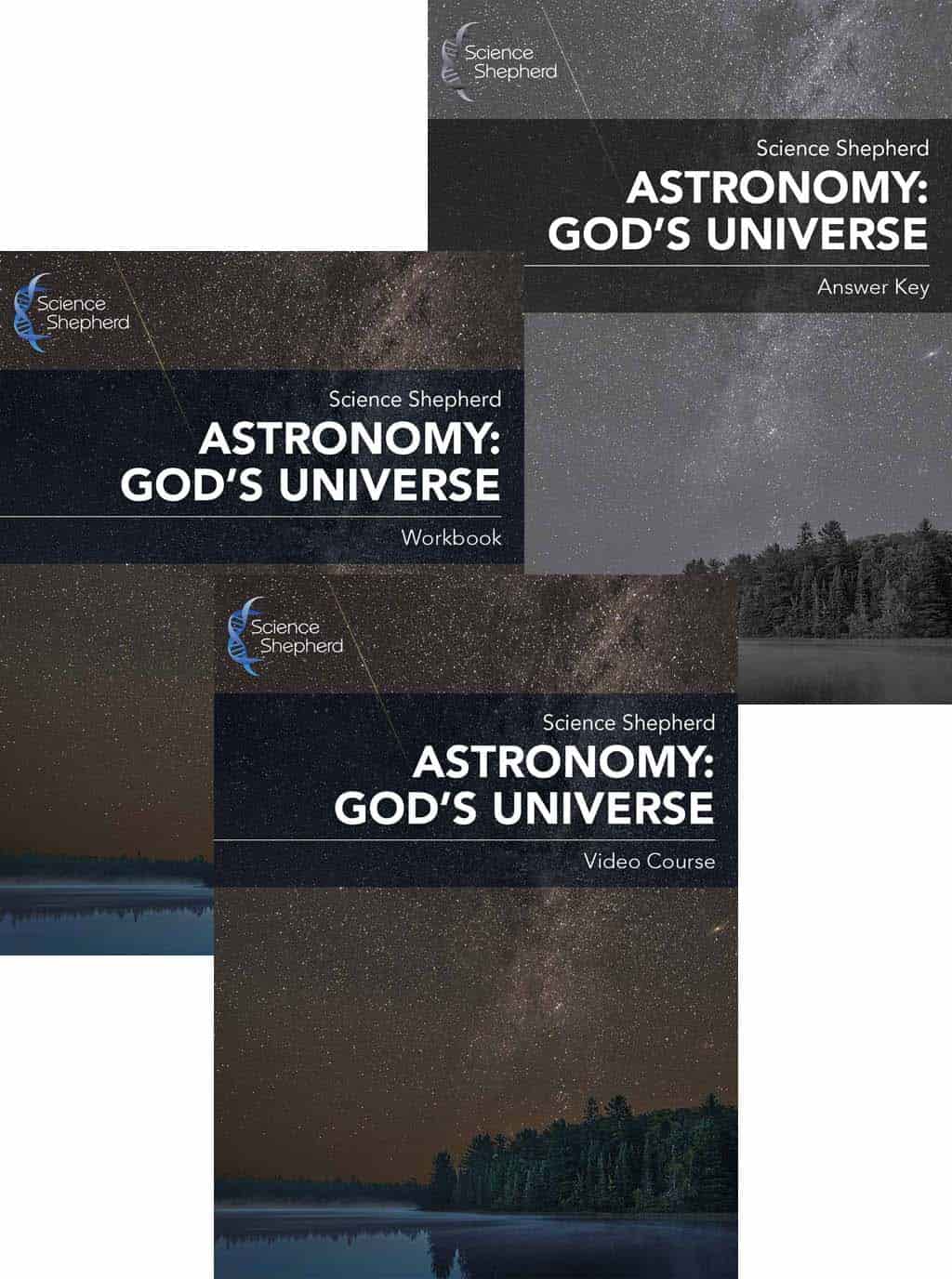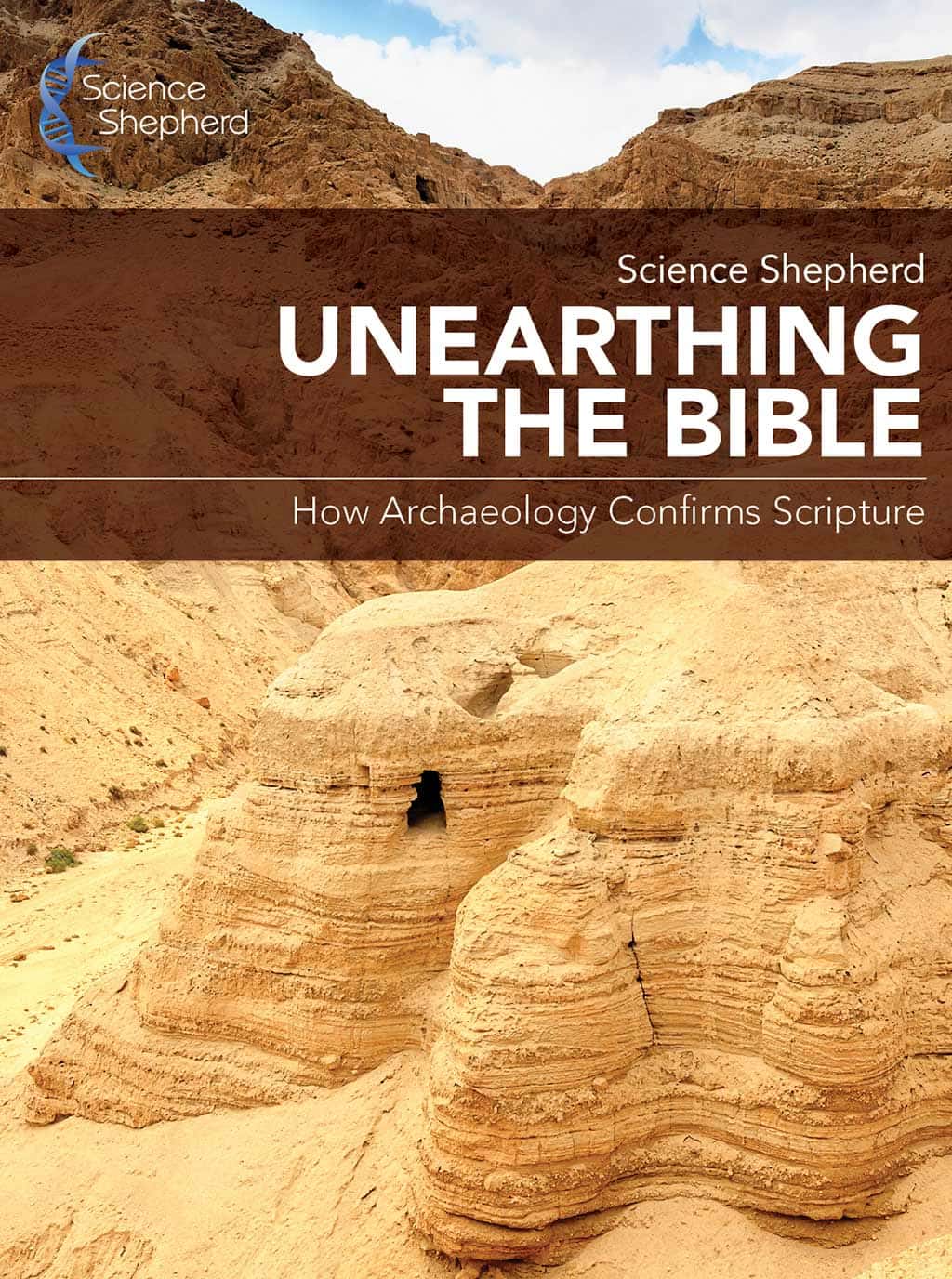Species and Adaptation in Evolution
by Dr. Scott Hardin MD August 27, 2012 3 min read

A Proper Understanding
For many decades, the accepted definition of species was, “a group of organisms that can and do breed with one another in their native habitat and don’t breed other organisms with which they are in contact.” The idea from evolutionists’ viewpoint was that these different types of organisms that look similar to one another – say different types of bats – are all descended from the same type of ancestor bat because, over time, as more and more of the bat ancestors reproduced and the population numbers grew, they naturally branched out into available geography and, as they did, were exposed to different types and sources of food, various predators, vegetation/lack of vegetation, etc. As this went on for a number of generations, the different populations were exposed to slightly different conditions, which ultimately led to adaptation of the organism to its environment.
“Adaptations” are traits which develop as a result of natural selection and make an organism better fit for its environment. That means the organism becomes better and better suited to live and thrive in the environment as a result of natural selection. Over more and more time, as the various populations of organisms adapt better and better to their environments, traits change enough so that the groups of organisms, while sharing the majority of common traits, become dissimilar enough in appearance that they are referred to as “different species.” In the evolutionist’s minds, the reason that happened is due to “changes” in their DNA, which proves evolution is true.
However, there are two things to recognize about the above-described scenario:
- That is the perfect description of natural selection and no scientific creationist would disagree with that. That is exactly how creationists believe the various type of organisms have been formed. There was an ancestor “bat kind” that then, through the process described above, differentiated into the variety of bats we see today, and have seen in the past. This does obviously happen at the “genetic level,” but is NOT the type of “change” to the DNA that needs to occur for evolution to happen.
- That process DOES NOT DESCRIBE WHAT NEEDS TO HAPPEN IN EVOLUTION. Note that the organisms are all still bats. None of the animals transformed into a “new previously nonexistent kind of organism.” Evolutionists say, “Those are all different species of bats.” Creationists would say, “So what! They are all still bats with 100% bat characteristics! All that has happened is that the God-built-in-potential-diversity of bat traits encoded in their bat DNA is expressed in slightly different ways across the ‘species’ as a result of natural selection. True enough. But there is no evolution. There is no formation of any previously nonexistent type of organism. Just bats.”
So, does natural selection cause the formation of different organisms within the same kind to appear, function and behave slightly differently? Absolutely. Natural selection acting upon preordained potential trait diversity, endowed by God at creation, is why we have all of the life forms in the past and present. But natural selection cannot cause the necessary changes in DNA content – information adding mutations – in order to cause a fish to transform into an amphibian. Such an event has never been observed in nature and has never been caused to happen in the lab (and never will).
Dr. Scott Hardin
To learn more about natural selection, check out part 1 of our natural selection series.
Sign-Up Today!
Subscribe for the latest news and receive 10% off and a FREE resource!
Recent Articles
10% Off Your Next Order
Subscribe to our newsletter and we'll send you a code for 10% off an order
plus a free download of 5 Scientific Ways Your Kids Can Defend Their Faith.










